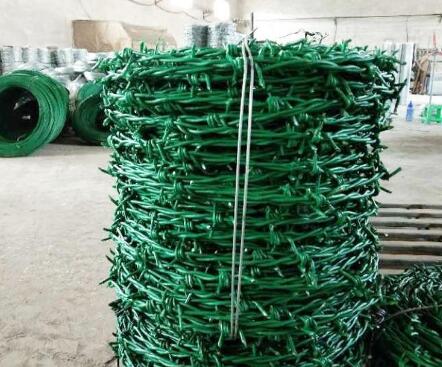Building the Perfect Backyard Quail Hutch A Comprehensive Guide
Quails have rapidly gained popularity among backyard poultry enthusiasts. Known for their gentle nature, beautiful plumage, and delicious eggs, quails can be a delightful addition to any homestead. If you’re considering keeping quails, the first step is to provide them with a safe and comfortable living space—a quality backyard quail hutch. This article will guide you through the critical aspects of designing and constructing the perfect hutch for your quails.
Understanding Quail Needs
Before diving into the construction process, it’s essential to understand the basic needs of quails. They are small birds, typically measuring between 6 to 10 inches in length. Because of their size, they require less space than chickens, but they still need adequate room to move and express natural behaviors. A general rule of thumb is to allow at least one square foot of space per bird. Additionally, quails are social creatures and thrive in groups, so consider keeping at least three to five quails together.
Choosing the Right Location
The placement of your quail hutch is crucial. Select a spot in your backyard that offers some shade and shelter from harsh weather conditions. Too much direct sunlight can stress out your birds, while rain or snow can lead to health issues. Additionally, place the hutch in an area that is predator-proof. Ground predators like raccoons, foxes, and snakes can pose a significant threat to your flock.
Designing the Hutch
A well-designed quail hutch should have several key features
1. Materials Use sturdy, weather-resistant materials. Pressure-treated wood, galvanized wire mesh, and plywood can withstand outdoor elements. Ensure that all materials are safe for birds and free from harmful chemicals.
2. Size For a small flock of 5–10 quails, a hutch measuring around 2 feet wide, 3 feet long, and 2 feet tall should suffice. However, always be ready to scale up the size should your flock grow.
backyard quail hutch

3. Ventilation Good airflow is vital to prevent respiratory issues. Include mesh wire on the sides of the hutch and consider adding a roof vent. This allows fresh air to circulate while keeping your birds safe from predators.
4. Access Build a sturdy door on the side or front of the hutch for easy access to your birds and their equipment. This will also assist in regular cleaning and egg collection.
5. Nesting Boxes Quails prefer to lay their eggs in hidden spaces. You can install a simple nesting box filled with straw or wood shavings to attract them. Make sure they are placed in a quiet and low-traffic area of the hutch.
6. Perches and Roosts Although quails don’t require perches, offering them a few elevated surfaces can help entertain and enrich their environment.
Accessory Needs
Apart from housing, there are essential accessories to enhance your quail hutch. Provide proper feeding and watering systems. Quails thrive on a diet of high-protein game bird feed, supplemented with greens, grains, and insects. A reliable water source is crucial; use a shallow waterer to prevent drowning.
Maintaining the Hutch
Regular maintenance is necessary for the health of your quails. Clean the hutch weekly—replace bedding, remove waste, and check for any signs of wear and tear. Inspect the structure for potential leaks and fix any weak spots. Consistent maintenance not only keeps your quails healthy but also prolongs the life of the hutch.
Conclusion
Building a backyard quail hutch can be a rewarding project that enhances your small-scale poultry operation. By considering the needs of your quails and incorporating the right design elements, you can create a safe, comfortable, and engaging environment for your birds. Remember, happy quails lead to a flourishing flock and a successful backyard setup. Enjoy the experience of raising quails and the many benefits they bring to your homestead!

















